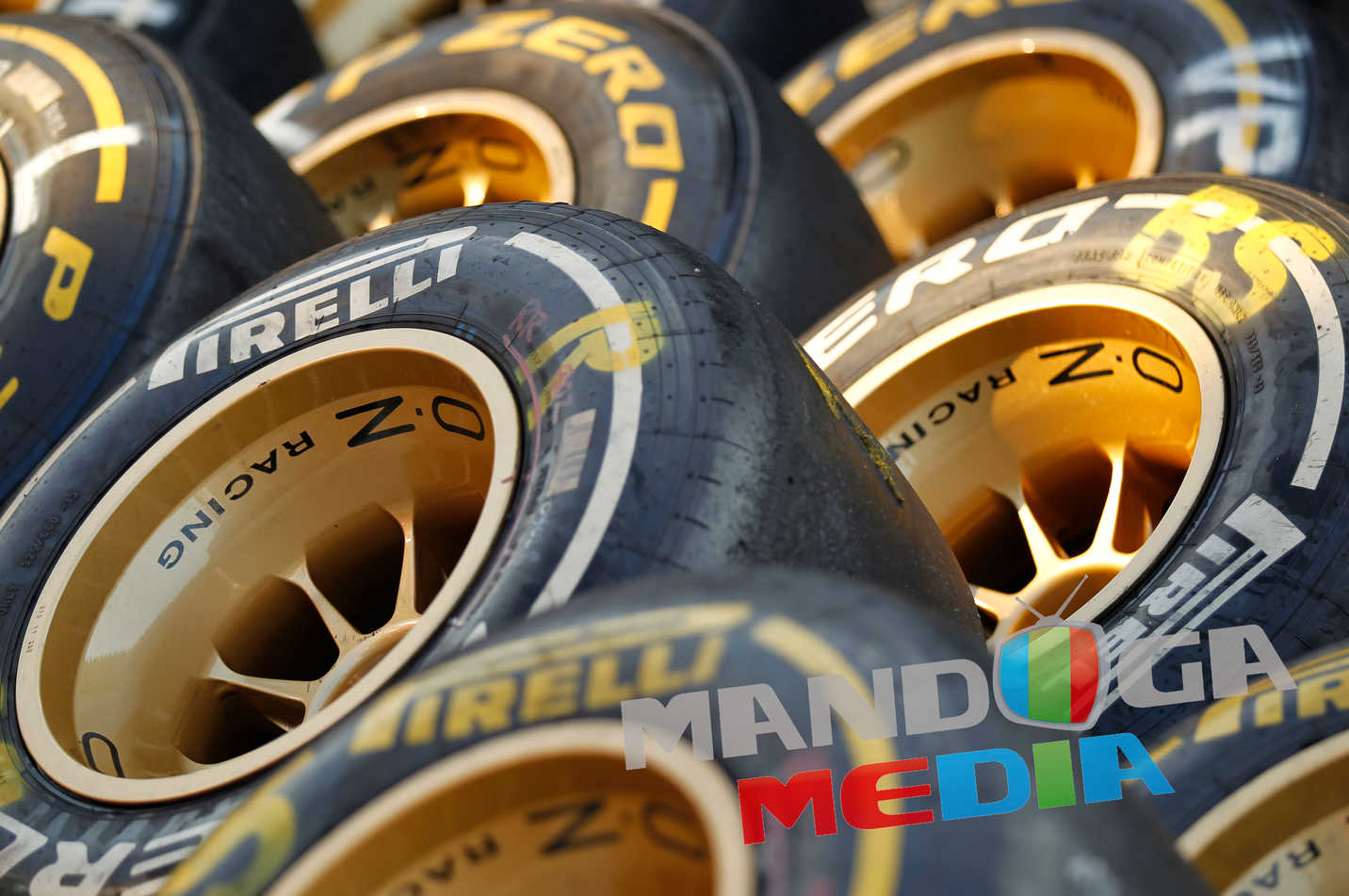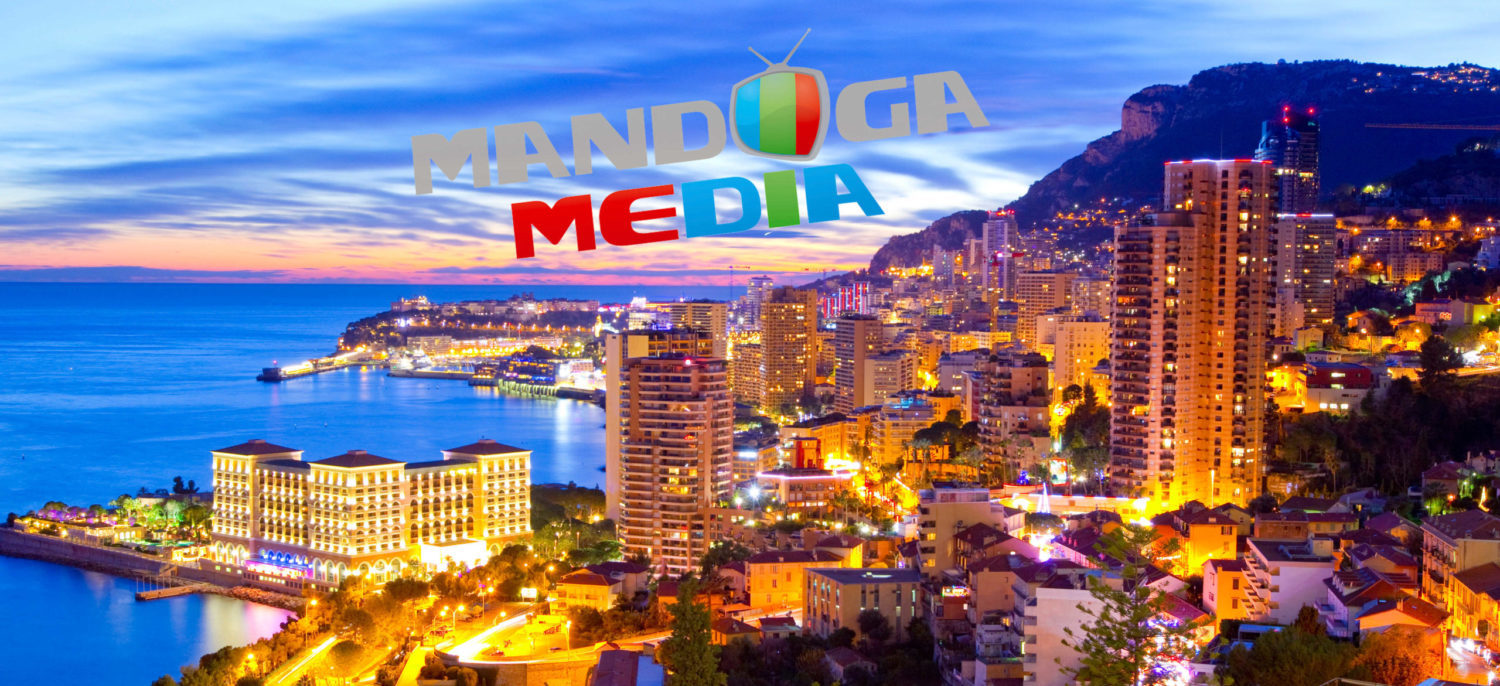
The three middle compounds from the 2021 tyre range have been chosen for this year’s season-opener in Bahrain on some of the most abrasive asphalt of the season: C2 as the P Zero White hard, C3 as the P Zero Yellow medium, and C4 as the P Zero Red soft. This is the same nomination as last year’s Bahrain Grand Prix four months ago, but there is a new tyre construction this year for the latest cars. The 2021 cars in fact have reduced downforce compared to last year, under the most recent technical rules.
At the recent three-day pre-season test in Bahrain, teams had the entire P Zero range at their disposal, but many chose to concentrate on the three compounds nominated this weekend. With the track having been used so recently, little about it will have changed since the teams were last there: giving them a stable basis to work from.
The new tyres for 2021 have been designed to improve strength and durability, allowing them to run at lower pressures, while the actual compounds are the same as last year. During testing of the 2021 tyres last November in Bahrain, rear tyre pressure was reduced by 0.5 psi and front tyre pressure by 1.5 psi. Then, following telemetry analysis and the reduction of rear downforce in particular, rear tyre pressure was further reduced by 1.5 psi at recent test in Bahrain. This is now confirmed for the race.
The number of sets allowed per weekend is the same as last year (13) despite the there being an hour less of running, with Friday’s free practice sessions now cut to one hour each.
As was the case last year, there’s a standard allocation for every car in 2021: two sets of hards, three sets of mediums, and eight sets of softs. The nominations for every race this year have been revealed in advance.
The Bahrain Grand Prix gets underway in the evening at 18:00 local time after sunset and is run under floodlights, with track temperatures that can fall quite rapidly once the race gets underway. This in turn affects tyre behaviour and therefore strategy.
The asphalt (with high granite content) in Bahrain is well-known for being abrasive, increasing tyre wear and degradation. Last year’s race – which featured a red flag and multiple safety car periods – was won by Mercedes driver Lewis Hamilton with a two-stop strategy: medium-medium-hard. Red Bull’s Max Verstappen, who finished second, was one of just two drivers to change tyres four times.
Sakhir is all about traction and braking rather than big lateral loads. All in all, it’s classified as a medium-severity circuit in terms of demands placed on the cars.


